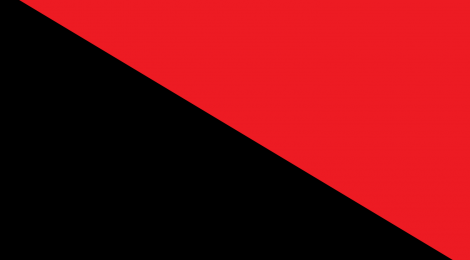
Indigenous Mobilisations Rock Ecuador and Colombia
Motorways all over Ecuador were blockaded for days in late September as people from indigenous communities all over the country made their way to Quito to protest the destruction of their homelands by multinational mining and petroleum companies. Despite the anti-imperialist rhetoric of “21st Century Socialism” (in the same vein as Hugo Chavez and the rest of ALBA, the “Bolivarian Alliance”), the government of Rafael Correa has repeatedly granted concessions to the US and European corporations (as has Chavez in Venezuela). The internationally condemned destruction of Ecuador’s Yasuní rainforest and the lives of the Waorani people who inhabit it by the oil company Texaco last year is just one example of multinationals simultaneously wiping out traditional communities and destroying some of the most biodiverse regions in the world in the pursuit of profit. As if this wasn’t enough, Correa’s “Socialist” government is now planning on privatising much of the country’s water supply, for which the indigenous people will yet again suffer the most. The mass mobilisation at the end of September coincided with a national wave of university occupations, and students’ and teachers’ marches, as Correa attempts to end Ecuador’s constitutional guarantee of free university education. There have been problems linking these two struggles as the Stalinist dominated students’ and teachers’ organisations and the CONAIE leadership of “chieftains” were unable to get their act together enough to have a meeting, with the tiny anarchist movement unable to do anything but look on in despair. However, in a country where the past two governments have been brought down through popular pressure this confluence of forces is a potentially revolutionary mixture, partly explaining the brutality of the State’s repression so far: at least two students in Quito have been in jail without charge for over a month, and an indigenous leader was shot dead by police during the mobilisation. See Ecuador indymedia for further developments.
Meanwhile in Colombia the confluence of different social forces behind a shared political platform is even more pronounced as the MINGA Social y Comunitaria is under way. The MINGA started as an indigenous mobilisation around the same issues of multinationals displacing indigenous peoples and destroying their territory, except in Colombia the corporations are backed up by brutal paramilitary forces who operate with impunity thanks to their links with the Uribe government. Last October the people of the Cauca region marched hundreds of miles to Bogotá to camp on the grounds of the National University, where they made links with workers’ and students’ organisations. This year, throughout the month of October, a series of demonstrations and “people’s congresses” all around the country is building the MINGA into a mass movement inclusive of all of society, reinterpreting the original five-point programme of the Cauca peoples for the context of each locality, spreading the struggle across class lines. The MINGA is supported by Colombia’s fledgling anarchist movement, as it offers an alternative form of radical politics to the Marxist-Leninist Guerrilla groups, such as FARC, whose corruption, kidnappings and forced “revolutionary taxes” in the areas they control have alienated much of Colombian society. In a country dominated by a corrupt, drug-trafficking, paramilitary-sponsoring, neoliberal gangster like Uribe (currently seeking a third term in office) there is a desperate need for a new type of revolutionary movement, and the MINGA (coming from an indigenous word for “building together”) looks like the closest thing to it. See www.asociacionminga.org for more information.

Social Media